Research
Problematic Sands
Marine soils such calcareous and glauconitic sands are known to be problematic for coastal and offshore infrastructure. Dr. Beemer’s focus is on how the biological origin and geological history of these soils effect their mechanical properties such as compressibility and strength. Additionally, he studies how the crushing of the sand grains during infrastructure installation changes grain shape and bulk mechanical properties.
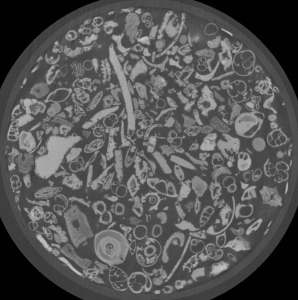
Figure 1: X-ray microtomography scan of a calcareous sand from offshore North West Australia. The Hollow foraminifera tests can be readily seen through the sample.
Anchors and Foundations for Offshore Structures
The resilience of offshore wind turbines relies on the stability of their anchors or foundation systems. Dr. Beemer has researched anchor installation, tracking/locating, and capacity. This research has involved drag embedment anchors, suction type anchors, and multi-line ring anchors. His has also conducted research related to the capacity of monopile and pile foundations.
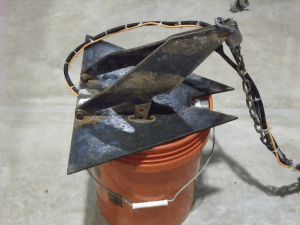
Figure 2: Scale model drag embedment anchor
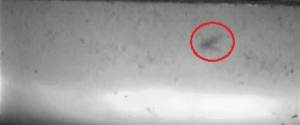
Figure 3: Drag embedment anchor embedment test in translucent clay, Laponite®
Geotechnical Scale Modeling
Due to the size, geotechnical systems researchers often rely on scaling modeling to increase research scope and effectiveness. Dr. Beemer is an expert in both high-gravity geotechnical centrifuge modeling and translucent soil modeling. His work in centrifuge modeling has led to a better understanding of the two-dimensional variation in the high gravity g field and the application of micro-electromechanical systems (MEMS) in a high-g environment. His research in translucent clay, Laponite RD®, has resulted in an improved sample reconstitution technique using sodium pyrophosphate which has resulted in larger adoption of translucent clay by the research community.
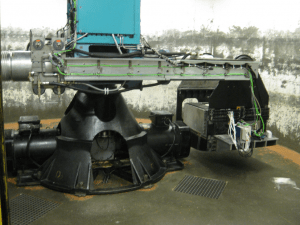
Figure 4: A geotechnical centrifuge with a model about to be tested.
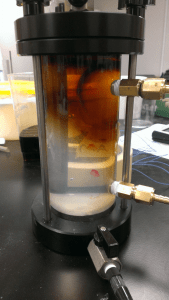
Figure 5: Hydraulic conductivity test on a translucent clay, Laponite RD® improved with sodium pyrophosphate.
